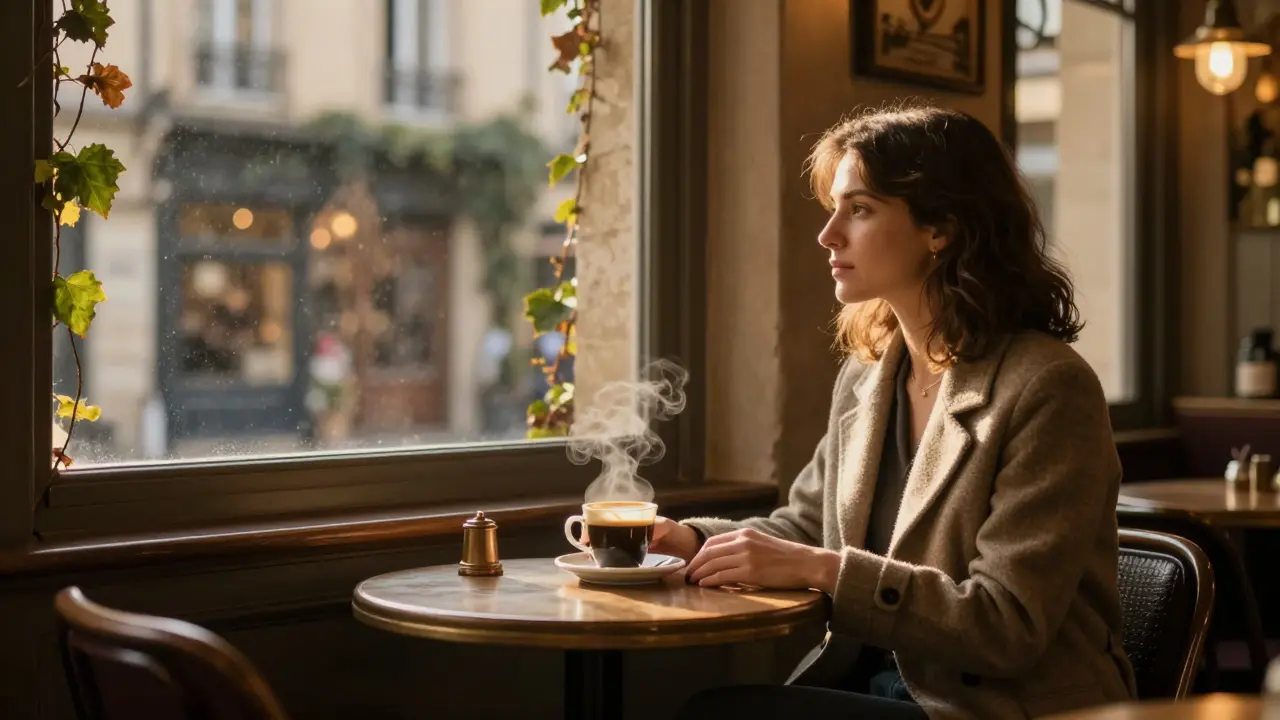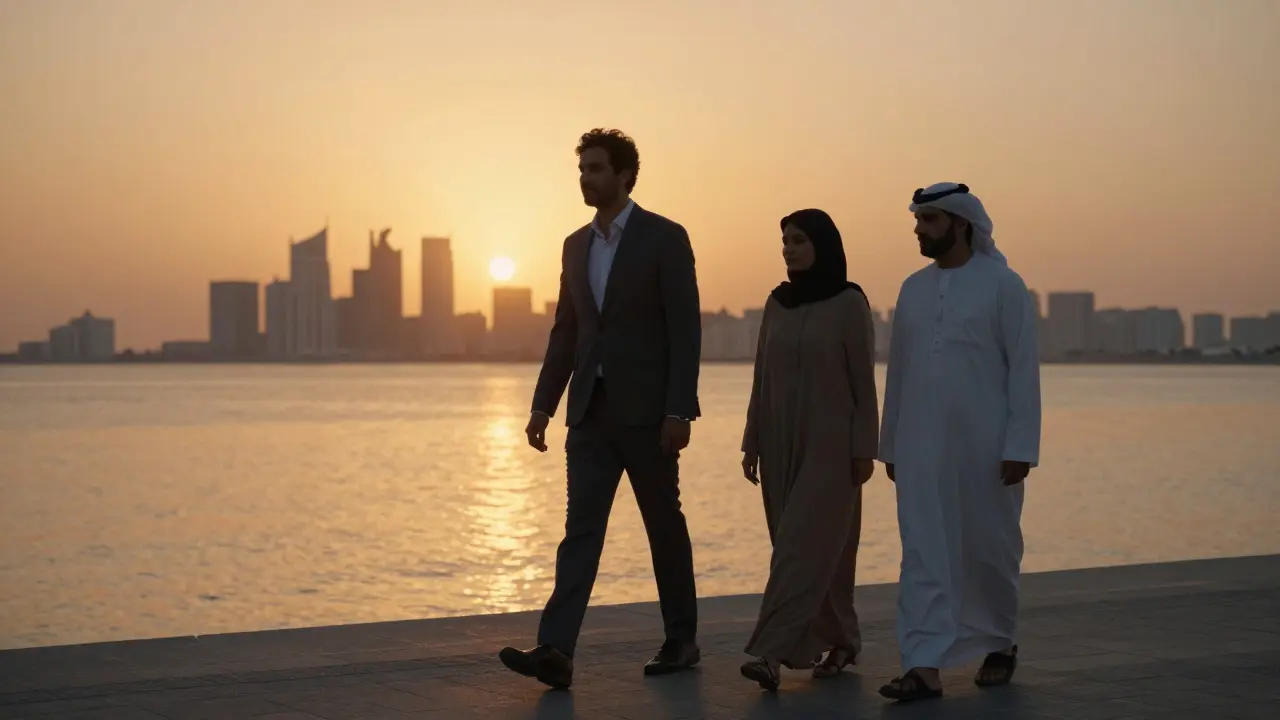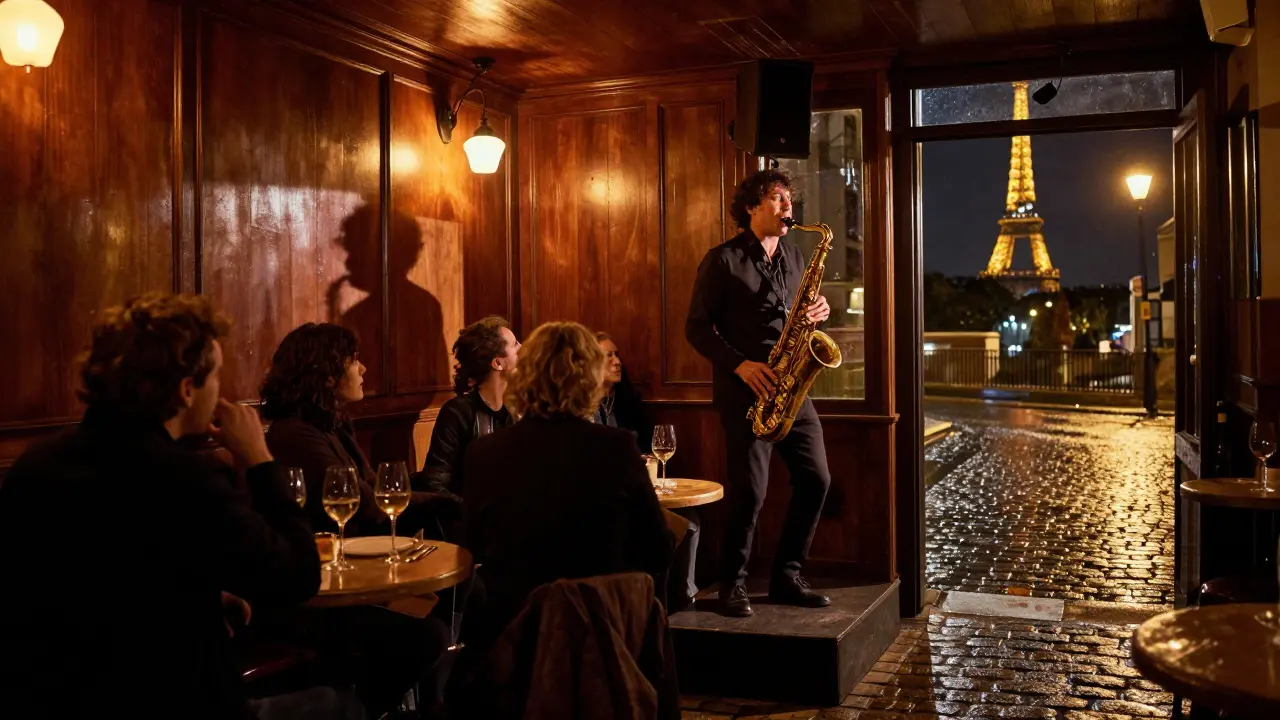Milan doesn’t sleep when the sun goes down. While it’s famous for fashion and design, the city’s nightlife is just as sharp - polished, diverse, and always evolving. Forget the clichés. This isn’t just about sipping prosecco in a designer lounge. It’s about hidden speakeasies, underground techno basements, rooftop views over Duomo, and midnight pizza slices eaten with locals who’ve been doing this longer than you’ve been alive.
Where the Locals Go After Work
Start your night where Milanese professionals unwind: Navigli. This canal-side district isn’t just for tourists with cameras. By 9 p.m., the bars along the water are buzzing with lawyers, architects, and artists swapping stories over Aperol spritzes. Try Bar Basso - yes, the one that invented the Aperol spritz in 1970. It’s still the gold standard. Order it the way they do: half Aperol, half Prosecco, a splash of soda, and a slice of orange. No substitutions. No photos. Just taste it.
Walk a few blocks to Bar del Fico, a tiny, unmarked spot that feels like a secret. The menu is handwritten on a chalkboard. They serve cheap wine by the glass and snacks like cured meats and olives. No music. No pretense. Just good company and a vibe that says, ‘You’re welcome here.’
Where the Scene Shifts After Midnight
Once the bars fill up, the real nightlife begins. Head to La Scala - not the opera house, but the club tucked under it. This is where Milan’s elite go after dinner. The dress code is strict: no sneakers, no hoodies. The music? Think deep house mixed with Italian disco. It’s not loud. It’s hypnotic. You’ll notice the crowd doesn’t dance wildly - they glide. That’s Milanese style.
For something grittier, take the metro to Clan in the Porta Venezia area. This place has been around since the 90s and still feels like a time capsule. The walls are covered in graffiti, the sound system is powerful enough to rattle your ribs, and the DJ plays everything from classic house to industrial techno. It’s not glamorous. But it’s real. And it’s packed every Saturday.
The Rooftop Revolution
If you want to see Milan lit up at night, go up. Terrazza Aperol on the top floor of the Hotel Milano Scala gives you a 360-degree view of the Duomo, Galleria Vittorio Emanuele, and the skyscrapers of Porta Nuova. The cocktails are pricey - €18 for a gin and tonic - but the view is worth it. Go before 11 p.m. to snag a table. After that, it’s standing room only.
For a quieter option, try La Veranda at the Four Seasons. It’s not flashy. No neon lights. No line outside. Just velvet couches, candlelight, and a jazz trio playing soft standards. The cocktails are crafted with Italian herbs and citrus. It’s the kind of place where you’ll hear someone say, ‘I’ve been coming here since I was 21.’ And they mean it.
Underground Beats and Hidden Spots
Milan’s underground scene thrives in basements and warehouses. Magazzini Generali is a former industrial complex turned cultural hub. On weekends, it hosts experimental electronic sets that start at midnight and go until dawn. No posters. No Instagram ads. You find out about it through word of mouth or a cryptic message on Telegram. The crowd? Artists, DJs, students, and expats who’ve been here long enough to know the rules: no phones on the dance floor, no posing, just movement.
Another gem: La Cattedrale in the Brera district. It’s not a club. It’s a converted chapel. The ceiling is still painted with frescoes. The sound system is old-school vinyl. The DJs play rare 80s Italo-disco and forgotten post-punk tracks. You’ll see people dancing like no one’s watching - because no one is. It’s the kind of place you remember for years.
Where to Eat After the Club
Most clubs in Milan don’t serve food. But the city’s 24-hour pizza joints do. Pizzeria del Nonno in the Ticinese area opens at 1 a.m. and closes at 6 a.m. Their margherita is simple: thin crust, San Marzano tomatoes, fresh basil, and buffalo mozzarella. It costs €8. You eat it standing up with a beer. It’s the perfect end to a night out.
Or try Trattoria da Beppe in the Porta Romana neighborhood. They serve pasta alla carbonara until 3 a.m. The owner, Beppe, has been making it the same way since 1978. No cream. No bacon. Just eggs, Pecorino, guanciale, and pepper. It’s the real deal. And yes, he’ll argue with you if you ask for garlic.
What Not to Do
Don’t show up at a club in flip-flops. Milan doesn’t care if you’re on vacation. The dress code is part of the culture. Even in summer, men wear dark jeans and a button-down. Women wear heels or stylish flats. No sneakers. Ever.
Don’t expect English to be spoken everywhere. In the best spots, staff speak Italian. Learn a few phrases: “Un bicchiere di vino rosso, per favore” (a glass of red wine, please). It goes a long way.
Don’t drink and drive. Milan’s public transport runs until 2 a.m. on weekdays and all night on weekends. The metro is clean, safe, and cheap. Take it.
When to Go
Weekends are packed. If you want space, go on a Thursday or Friday. The clubs are just starting to fill up, the music is fresh, and the crowd is more relaxed. Saturday night? Expect lines. Sunday? Some clubs close early. But the bars stay open, and the vibe is slower - perfect for lingering over a nightcap.
Summer (June-August) brings outdoor parties along the Navigli. Winter (December-February) is when the indoor clubs shine. The city feels colder, but the energy inside is warmer.
Final Tip: Be Patient, Be Present
Milan’s nightlife doesn’t scream for attention. It doesn’t need to. It’s quiet, confident, and deeply rooted in the city’s rhythm. You won’t find neon signs flashing ‘OPEN 24/7.’ You won’t hear EDM blasting from every corner. But if you slow down, listen, and let the city guide you - you’ll find something unforgettable.
One last thing: the best night out in Milan isn’t the one you plan. It’s the one you stumble into.
What’s the best time to start a night out in Milan?
Most locals start at 9 or 10 p.m. with an aperitivo at a bar in Navigli or Brera. Dinner comes later - around 10:30 p.m. - and clubs don’t fill up until after midnight. The real energy kicks in between 1 a.m. and 3 a.m., when the music gets deeper and the crowd becomes more authentic.
Is Milan nightlife expensive?
It depends. Aperitivo drinks cost €8-€12, and rooftop bars charge €15-€20 for cocktails. But you can find great wine by the glass for €5 in local bars. Clubs usually charge €10-€15 cover, but many offer free entry before midnight or if you arrive early. Pizza and pasta after midnight cost under €10. Overall, Milan is more affordable than Paris or London if you know where to go.
Are there any gay-friendly venues in Milan?
Yes. Milan is one of Italy’s most LGBTQ+-friendly cities. Bar Pasticceria 1927 in the Porta Venezia area is a long-standing gay bar with drag shows and themed nights. Clan and Magazzini Generali are also popular with queer crowds. The city hosts Milan Pride in June, but the scene is active year-round.
Can I go out alone in Milan at night?
Absolutely. Milan is one of the safest major European cities for solo travelers at night. The streets are well-lit, public transport runs late, and locals are generally respectful. Stick to well-known areas like Navigli, Brera, and Porta Venezia. Avoid isolated alleys after 2 a.m., but you won’t need to worry about most spots.
Do I need to book tables in advance?
For rooftop bars like Terrazza Aperol or La Veranda, yes - book at least a day ahead, especially on weekends. For clubs, most don’t take reservations. Just show up. For popular underground spots like La Cattedrale, it helps to follow them on Instagram or Telegram for event updates. Walk-ins are welcome, but timing matters.
What’s the dress code for Milan clubs?
Smart casual is the rule. Men: dark jeans, button-down shirt or polo, clean shoes - no sneakers, no shorts. Women: dresses, tailored pants, or stylish skirts with heels or flats. Avoid sportswear, flip-flops, or anything too casual. Clubs like La Scala and Pacha enforce this strictly. The better the club, the stricter the code.






